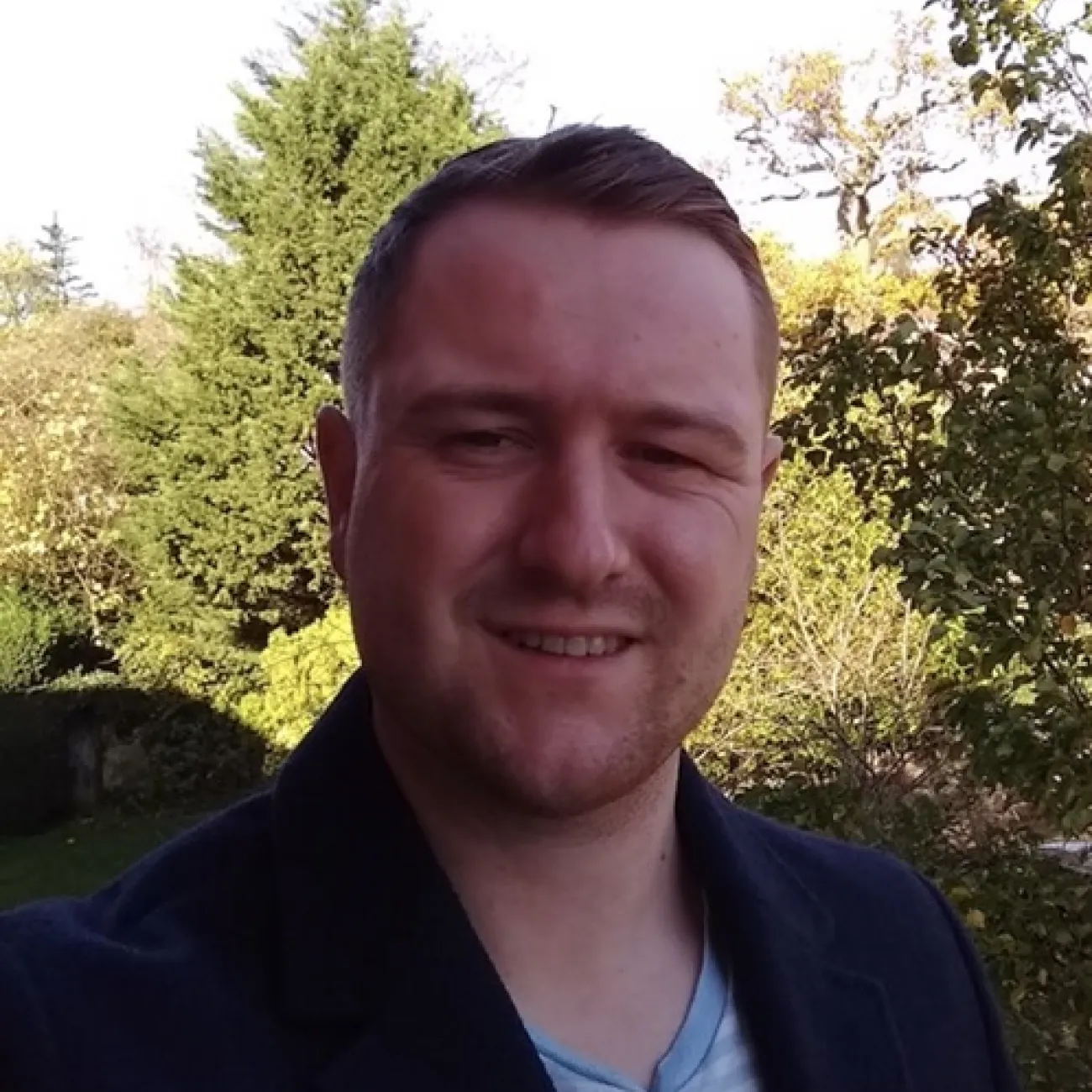About
Please visit my personal website (which can be done by clicking website) for more information about my research and teaching.
I am an associate professor in the Department of Aeronautics and Astronautics at the University of Southampton. I currently teach Part 3 aerospace control design and a masters-level module called data-driven fluid mechanics. In terms of research, I am interested in using techniques that originated in control theory to model and control turbulent flows. More specifically, my research group uses techniques such as variational data-assimilation, state-observers, frequency analysis and reduced-order modelling.
I was born in Scotland but grew up on the east coast of the USA in Maryland. I completed my undergraduate degrees in Aerospace Engineering and French Language/Literature at the University of Maryland College Park. Along the way, I also minored in violin performance. I moved to the west coast for one year to obtain a masters in Aeronautics at Caltech before moving to France to do another masters at Ecole Polytechnique in Paris. I returned to Caltech for my PhD and then switched hemisphere to do a post-doc at the University of Melbourne. I joined Southampton as a lecturer (or assistant professor as the Americans say) in the Department of Aeronautics and Astronautics at the University of Southampton in 2020.
From 2021-2022, I was the seminar coordinator for the AeroAstro department. I am currently the undergraduate programme lead for all AeroAstro BEng and MEng programmes.
Outside the university bubble, I have somehow ended up playing violin in multiple orchestras based in Hampshire. Please check out my personal website for details about upcoming performances. I also play piano although probably not at a level where it is enjoyable for listening (yet).
You can update this in Pure (opens in a new tab). Select ‘Edit profile’. Under the heading and then ‘Curriculum and research description’, select ‘Add profile information’. In the dropdown menu, select - ‘About’.
Write about yourself in the third person. Aim for 100 to 150 words covering the main points about who you are and what you currently do. Clear, simple language is best. You can include specialist or technical terms.
You’ll be able to add details about your research, publications, career and academic history to other sections of your staff profile.
